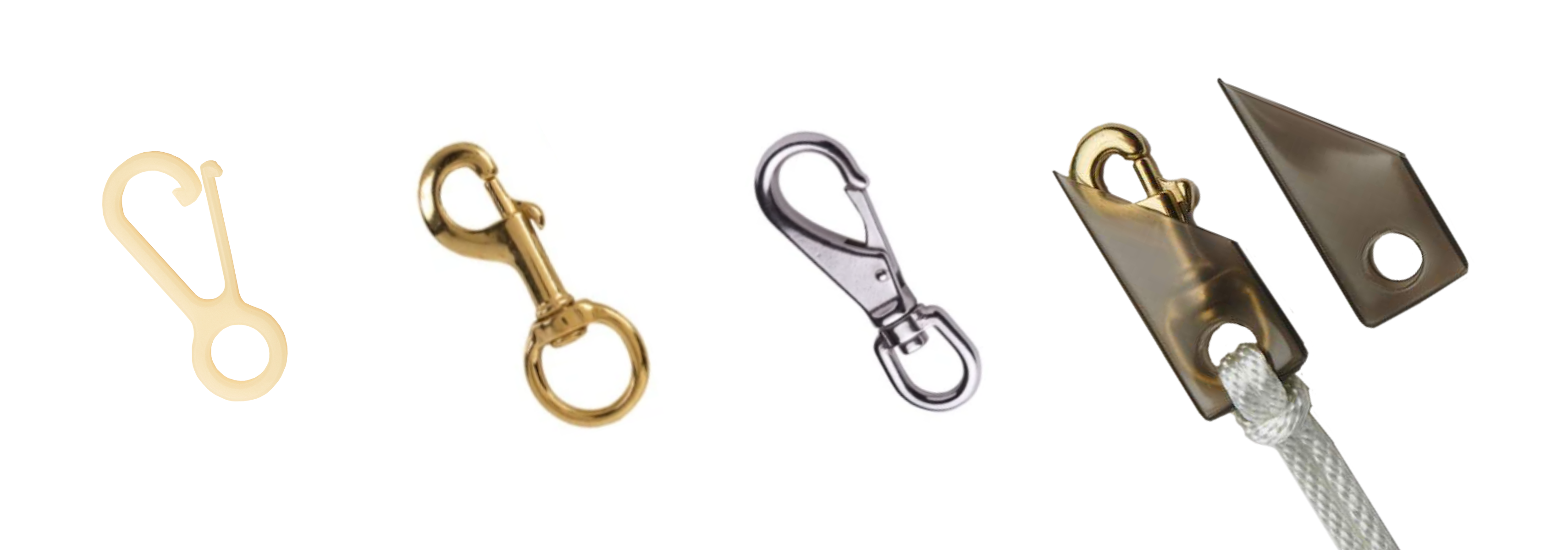November through February is a tumultuous time of year for moving weather fronts and periods of inclement precipitation or wind. Many people face important decisions about flying and caring for their flags this time of year.
Here are four tips that may help —

Tip #1: Pay Attention to the Weather
Bring your flags inside during heavy wind, ice, or snow.
This one is pretty easy. It's important to know what the weatherman is predicting for your area. If they say things like, "there's a front moving in," or any kind of weather "advisory," these are key phrases that indicate there may be high winds or bad weather coming that can tear your flag up (even an all-weather flag) within a matter of hours.
As parts of the flag are weighed down by moisture and/or frozen together by ice, other parts of the flag are whipped and snapped by the wind. The result is exponentially more force and pressure on the flag than it is designed to withstand, which makes shredding and tearing very likely to occur.
So when high wind or bad weather is headed your way, bring Old Glory inside and let it enjoy some coziness with you.
Tip #2: Know the Condition of Your Flag Snap Hooks
Like every tip in this article will be, this is a cinch.
Flag snap hooks are the most quickly worn item on your flagpole, so set some dates throughout the year to look at them for possible replacement. It's a good idea to have extra snap hooks on hand, too.
Flag snap hooks are in more contact and under more relative duress than any other part of your flag pole assembly. They endure wear from the grommet of the flag, from the rope, and from contact with the flagpole. If a flag snap hook breaks, it can mean irreparable damage to the flag.
That is why it is a good idea to check the condition of your flag snaps with regularity. Checking about every 90 days is a reasonable interval to begin with, but more often won't hurt!
Need to know how to replace your snap hooks? This video contains detailed instructions...
Find other helpful videos here!
Tip #3: Keep an Eye on the Flagpole Halyard
First, what is a flagpole halyard?
Well, the word "halyard" is an old sailing term referring to the ropes used to manipulate the sails on a ship. It stems from the phrase, "to haul yards." For our purposes, the rope or line used to hoist and lower a flag is referred to as the halyard.
Flagpole halyards can be damaged in a variety of ways. Check on the halyard in use at regular intervals, and it's always a good idea to have a replacement halyard on hand. Checking your halyard each time you check your snap hooks would be ideal, but at least check it every time you replace your flag.
Once you develop the habit, you'll come to know its wear-rate better than anyone else. It's best to replace the halyard as soon as there are visible signs of wear.
Like flags, halyard damage occurs in many ways. From getting caught on nearby obstructions in high wind, to being snagged by debris in windy weather, to general wear and tear from raising and lowering the flag, or contact abrasion with snap hooks or the flagpole.
The sun's ultraviolet rays will also weaken any halyard over time, as will the constant tugging and overload of your flag snapping in the wind - the larger the flag, the greater the pressure applied to the halyard. Extreme heat and cold are also contributors to halyard wear. So check your halyard regularly, avoid the cost and inconvenience of a breakage!
Tip #4: Honor Old Glory
We all want our American flags to last as long as possible — that's a given. The desire for long-lasting flags is one reason why Liberty Flags offers only American-made American flags. The quality and durability of American-made flags is unrivaled.
In addition to the craftsmanship, the lifespan of a flag is also affected by its surrounding circumstances. Outdoor flags take a healthy beating from wind and precipitation. The last factor in the longevity of a flag is the care it is given. So fly the flag as often as possible, but help it to last longer by bringing it in during harsh weather.
One final note: no matter how well they are taken care of, flags ultimately reach a point when they must be retired. When that time comes, it is important that retiring your flag is done respectfully. Instructions for flag retirement can be found here.
May We Share Your Story?
Send us photos of your American flags, flagpoles, ropes, or other accessories! We would be honored to feature your stories and photography in our blog or on Facebook. Remember, photos of damaged flags and accessories are valuable, too.
Do you have suggestions for information you'd like to see here? If so, please send them our way!
Please send all of your suggestions or questions to service@LibertyFlags.com. We want to hear from you!
Have a great day, from your friends at LIBERTY FLAGS, The American Wave®.


